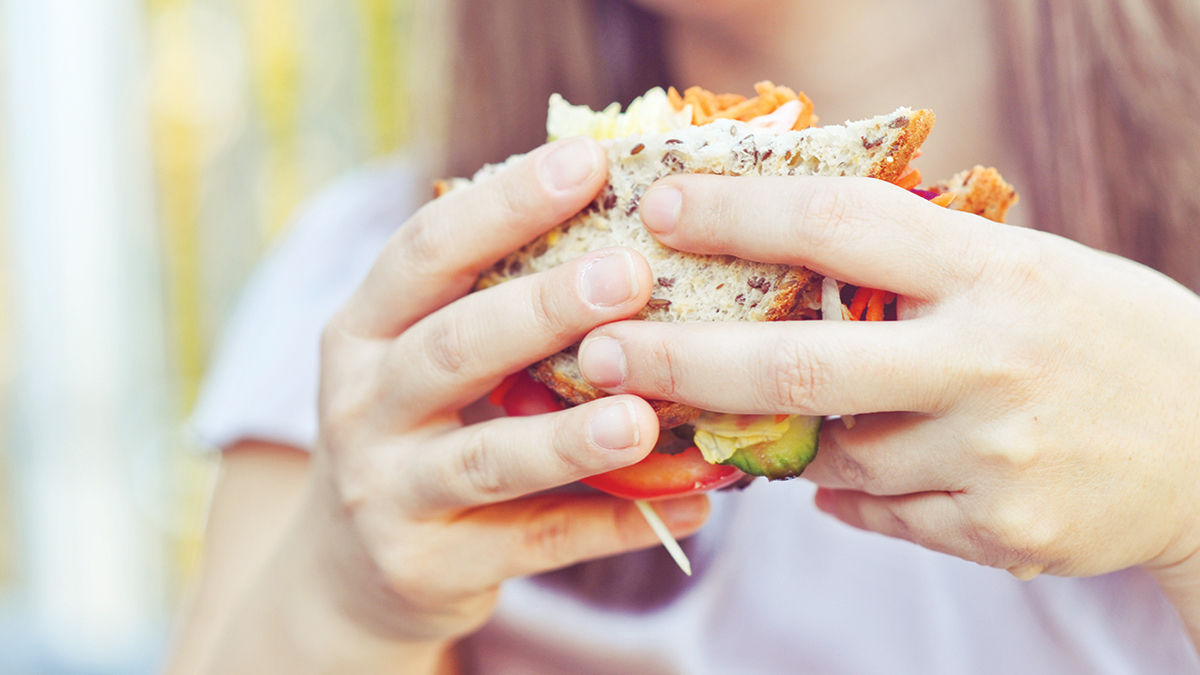Have you ever noticed foods labelled “low GI” and wondered what it means? The Glycaemic Index or GI, is an indication of how a food affects blood glucose levels. The lower the GI, the slower the rise in blood glucose levels after the food is eaten, which can translate into some noticeable benefits.
Following a diet that’s lower in GI is a great way to ensure you have long-lasting energy to get you through the day. It can also help to stop sugar cravings, maintain concentration, keep your weight in check and balance your blood sugar levels.
If that sounds good, try always including a low GI carb as part of every meal, like some grainy toast, a quinoa salad or even sweet potato mash. Here are more tips from our dietitian Trish Guy to help lower the GI of your favourite dishes:
The more grains the better
When it comes to choosing bread try swapping white or wholemeal for grainier varieties. Simply switching from plain wholemeal bread to wholemeal multi-grain bread with seeds will lower the GI from 70 to 39.
Don’t overcook food
Overcooking food can cause its cell structure to break down, making it quicker to digest and therefore raising its GI. As an example, spaghetti cooked for 12 minutes, or al dente, has a GI of 34, but if you keep boiling it for 20 minutes, it will have a GI of 64.
Perfect partner
It’s the mix of nutrients that determines the GI. Pairing carbs with a protein, extra fibre or healthy fats can help lower the GI of the meal. If you add natural peanut butter to a slice of wholemeal bread it will lower the GI from 70 to 51. Simply adding milk to your Weet-Bix can also lower the GI.
Read more about GI and what it means for you at sanitarium.com.au or sanitarium.co.nz.
Lunchbox hacks
Nuts. Nuts are a great source of healthy fats. They’re a filling snack on their own or can be eaten with other foods to lower the overall GI of a snack. Try peanut butter on a wholegrain cracker or pesto spread on crusty wholegrain bread. Go for about 30g or roughly a small handful when choosing nuts on their own.
Stick to water. Sugar-sweetened beverages are often high in GI. Opt for water if you’re looking for the best available option. If you’re after something with a little more flavour, try sparkling water flavoured with diced fruit or your favourite whole berries.
Take veggies for a dip. Veggie sticks with hummus are a classic pairing that is low GI and filling, perfect for helping you avoid that mid-afternoon slump. Mix it up and keep things fresh and interesting by flavouring your hummus with vegetables like beetroot or pumpkin.







